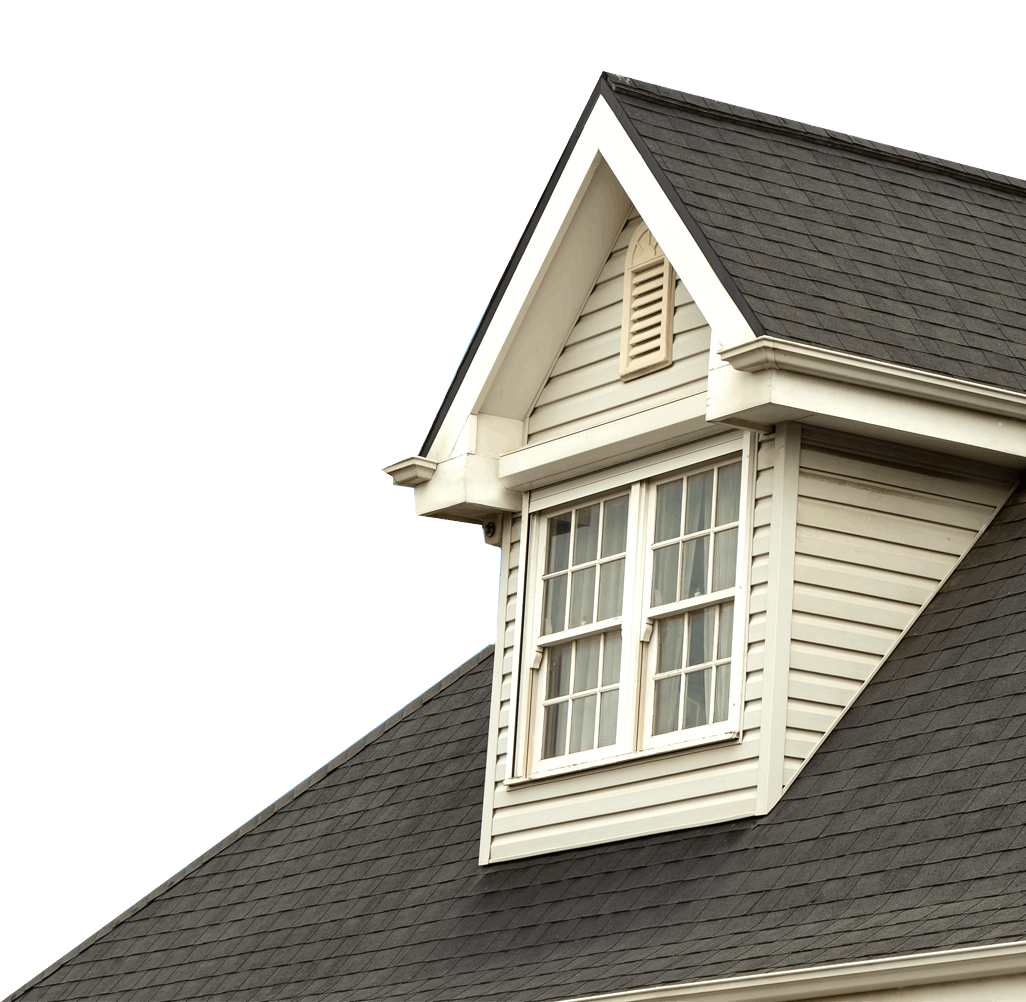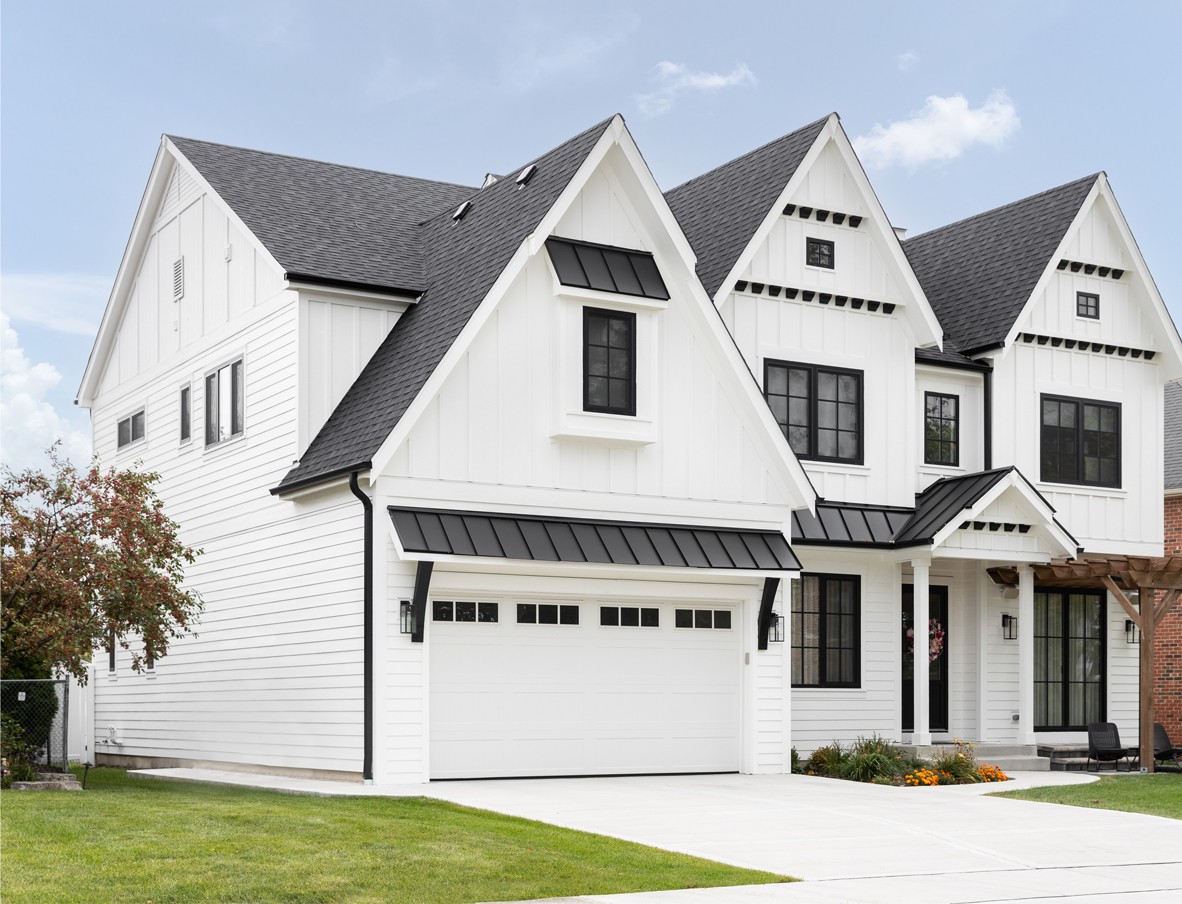Average Roof Replacement Cost in your Area
The average cost of roof replacement in your city depends on the average roof size and roof material used on the homes in your city. Roof replacement costs in the table below are based on the average home square footage in each Ohio city - prices reflect asphalt shingle costs (the most popular roofing material in Ohio).
| City in Ohio | Avg. Roof Sq. Ft. | Roof Replacement Cost |
|---|---|---|
| Columbus, OH | 1515 Sq.Ft | $9,368.09 - $14,878.72 The cost of roof replacement in Columbus, OH is between $9,368 - $14,878. The average Columbus resident can expect to pay approximately $12,100 for a new roof. |
| Cincinnati, OH | 1676 Sq.Ft | $10,363.18 - $16,459.18 Roof replacement costs in Cincinnati range from $10,363.18 to $16,459.18. The average cost for residents is around $13,411.18. |
| Cleveland, OH | 1500 Sq.Ft | $9,272.73 - $14,727.27 In Cleveland, roof replacement costs are typically between $9,272.73 and $14,727.27. The average cost is approximately $12,000. |
| Dublin, OH | 2578 Sq.Ft | $15,937.96 - $25,313.23 Roof replacement costs in Dublin vary from $15,937.96 to $25,313.23. The midpoint cost for residents is about $20,625.60. |
| Westerville, OH | 2051 Sq.Ft | $12,677.48 - $20,134.83 In Westerville, the costs for roof replacement usually range from $12,677.48 to $20,134.83. An average cost in this city is close to $16,406.16. |
| Reynoldsburg, OH | 1842 Sq.Ft | $11,385.75 - $18,083.25 Residents typically find roof replacement costs in Reynoldburg to be between $11,385.75 and $18,083.25. The average expense is around $14,734.50. |
| Grove City, OH | 1968 Sq.Ft | $12,165.29 - $19,321.34 Roof replacements costs in Grove City can between $12,165.29 and $19,321.34. The mean cost is near $15,743.32. |
| Hilliard, OH | 2136 Sq.Ft | $13,202.38 - $20,968.48 Roof replacement in Hilliard comes with costs between $13,202.38 and $20,968.48. The average for residents is around $17,085.43. |
| Upper Arlington, OH | 2178 Sq.Ft | $13,466.43 - $21,387.86 Typical costs for a roof replacement in Upper Arlington range from $13,466.43 to $21,387.86. The central figure is close to $17,427.15. |
| Gahanna, OH | 1919 Sq.Ft | $11,860.74 - $18,837.64 Residents can expect roof replacement costs in Gahanna between $11,860.74 and $18,837.64. The average amount is around $15,349.19. |
| Worthington, OH | 1860 Sq.Ft | $11,498.18 - $18,261.82 Roof replacement costs in Worthington are generally between $11,498.18 and $18,261.82. The mean cost for homeowners is approximately $14,880. |
| Bexley , OH | 2122 Sq.Ft | $13,118.31 - $20,834.97 In Bexley, the cost for roof replacement typically ranges from $13,118.31 to $20,834.97. Residents can expect an average cost near $16,976.64. |
| Delaware, OH | 2180 Sq.Ft | $14,235 - $65,008 Roof replacement costs in Delaware range from $14,235 to $65,008. The average cost for residents is around $39,622. |
| Lancaster, OH | 1699 Sq.Ft | $11,094 - $50,664 Roof replacement costs in Lancaster range from $11,094 to $50,664. The average cost for residents is around $30,879. |
| Marysville, OH | 2345 Sq.Ft | $15,313 - $69,928 Roof replacement costs in Marysville range from $15,313 to $69,928. The average cost for residents is around $42,620. |
| Newark, OH | 1553 Sq.Ft | $10,141 - $46,310 Roof replacement costs in Newark range from $10,141 to $46,310. The average cost for residents is around $28,226. |
| Truro, OH | 1759 Sq.Ft | $11,486 - $52,453 Roof replacement costs in Truro range from $11,486 to $52,453. The average cost for residents is around $31,970. |
| Violet, OH | 2442 Sq.Ft | $15,946 - $72,820 Roof replacement costs in Violet range from $15,946 to $72,820. The average cost for residents is around $44,383. |
According to the United States Census Bureau, there are 5,293,356 housing units in Ohio as of 2022. Roughly 66.6% (3,525,834) of homes in Ohio are owner-occupied. The median value of all owner-occupied homes in Ohio is approximately $159,900. With an average roof replacement cost of $12,026 - $19,100, the roof of a median-sized home in Ohio accounts for roughly 7.5% - 11.9% of the home's total value.







